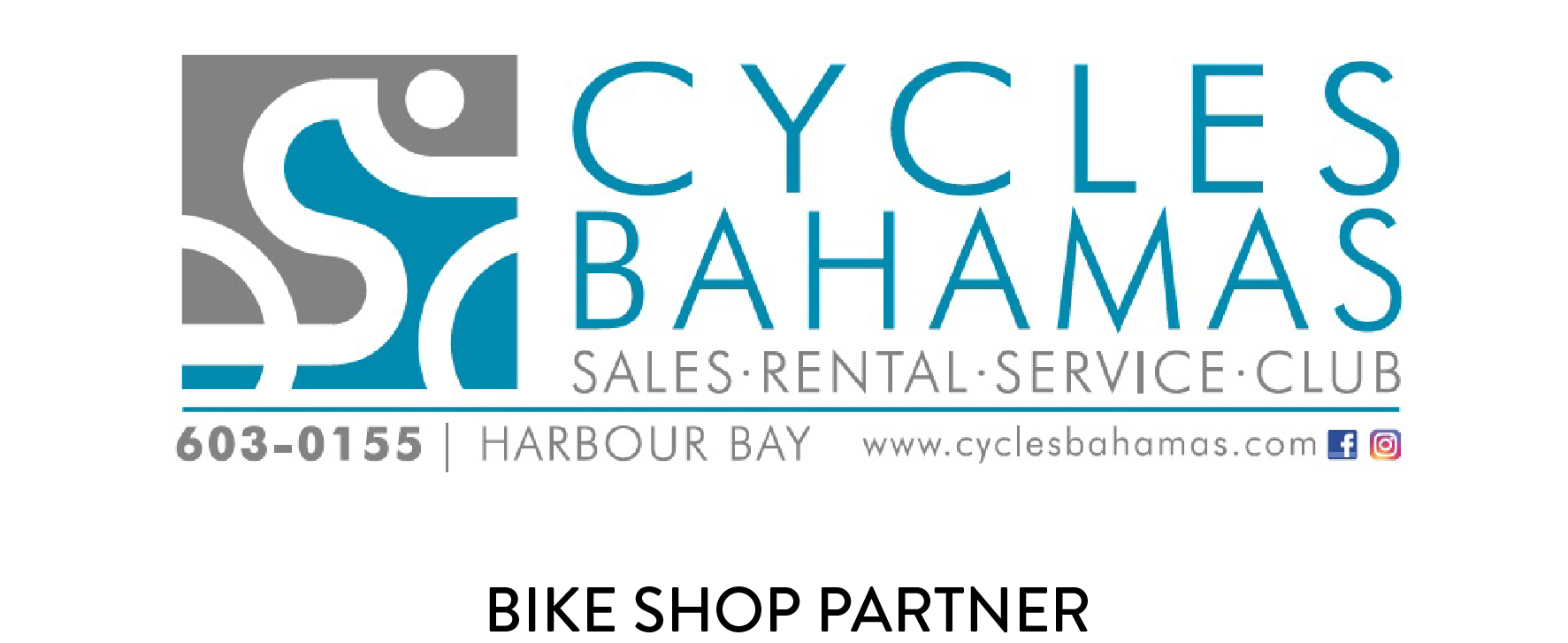Indoor Season: Get the Most out of Your Trainer Time
Winter is coming, the clocks have been set back an hour, and the sun is setting earlier each day. For most of you, this signals the transition into your off-season training, and a big uptick in your indoor training.
It’s no secret that indoor training isn’t the joyous experience that riding a bike outside is. However, indoor training can be very productive when done right. Today, in Part 1 of our indoor training series, you’re going to learn how to get the most out of your indoor training.
Have a Plan
Nothing makes training indoors more boring than mindlessly grinding away without a plan. You’ll lack motivation, and struggle to make progress.
Instead, every time you throw your leg over the bike to ride indoors, have some sort of plan. That could be an interval workout or a recovery spin, but know what you’re doing beforehand, and stick to it.
On a more macro-level, have a plan for the whole winter. Training, especially indoors, is more fun when you’re making progress and working towards a goal. A plan that keeps you focused and improving will make your winter training more productive and gratifying.
High-Intensity Workouts (but in moderation)
The Trainer is perfect for high intensity workouts. Not only are they time-efficient, but training indoors means that you can focus on the task at hand. You don’t have to worry about cars, turns, potholes, or stop signs.
However, many people overdo it. Two high intensity workouts per week is plenty, the rest of your training should be focused on endurance work. If you live somewhere where you can ride outdoors during the winter, then the formula is obvious: do your long endurance rides on the weekend, do two high intensity workouts during the work week, and add in another easy ride or two indoors during the work week. If it’s too cold to ride outdoors on the weekend, you’ll have to find a way to tolerate long rides on the trainer, or use cross-training activities like fat biking, XC skiing, or other winter sports to get in your long endurance sessions.
Also, keep in mind that intensity workouts can and should be phased in and out of your program. In a recent article we discussed tips on strength and low cadence work. When you’re focused on this, put less priority on high intensity. When you’ve finished a long block of strength work, re-prioritize high intensity.
Stay Cool
Training indoors is a sweat-fest. Without proper cooling, you’re guaranteed to overheat. This presents a couple of problems. First, when your core temperature rises and you overheat, you’ll have a hard time training properly. You’ll lose quality from your workouts and struggle to finish high intensity sessions. Secondly, all the sweating will lead to dehydration, even during short sessions. It can become difficult to properly recover from training and get good workouts day after day when you’re dehydrated after each session.
So, try to keep your training area cool and ventilated. Start with a good temperature, somewhere around 50-55 degrees fahrenheit (10-12 celsius). If you have to throw on a hoodie to get through your warm-up, that’s perfect. Then, make sure to add some air-flow. A good fan is key, and two is even better.
After the session, immediately go to work on replacing any fluid you’ve lost. Weighing yourself can be a good tool to guard against dehydration. Also remember you sweat more than just water, so drinking an electrolyte drink and/or adding extra salt to your meals can help you stay hydrated.
Concluding
Just like training outdoors, there is a lot that goes into effective indoor training. In the weeks to come you can expect to see more from us on this topic, but this is a great starting point. By following these tips you can expect to kick off your winter training with productive workouts and a plan to carry you into next season stronger than ever.




